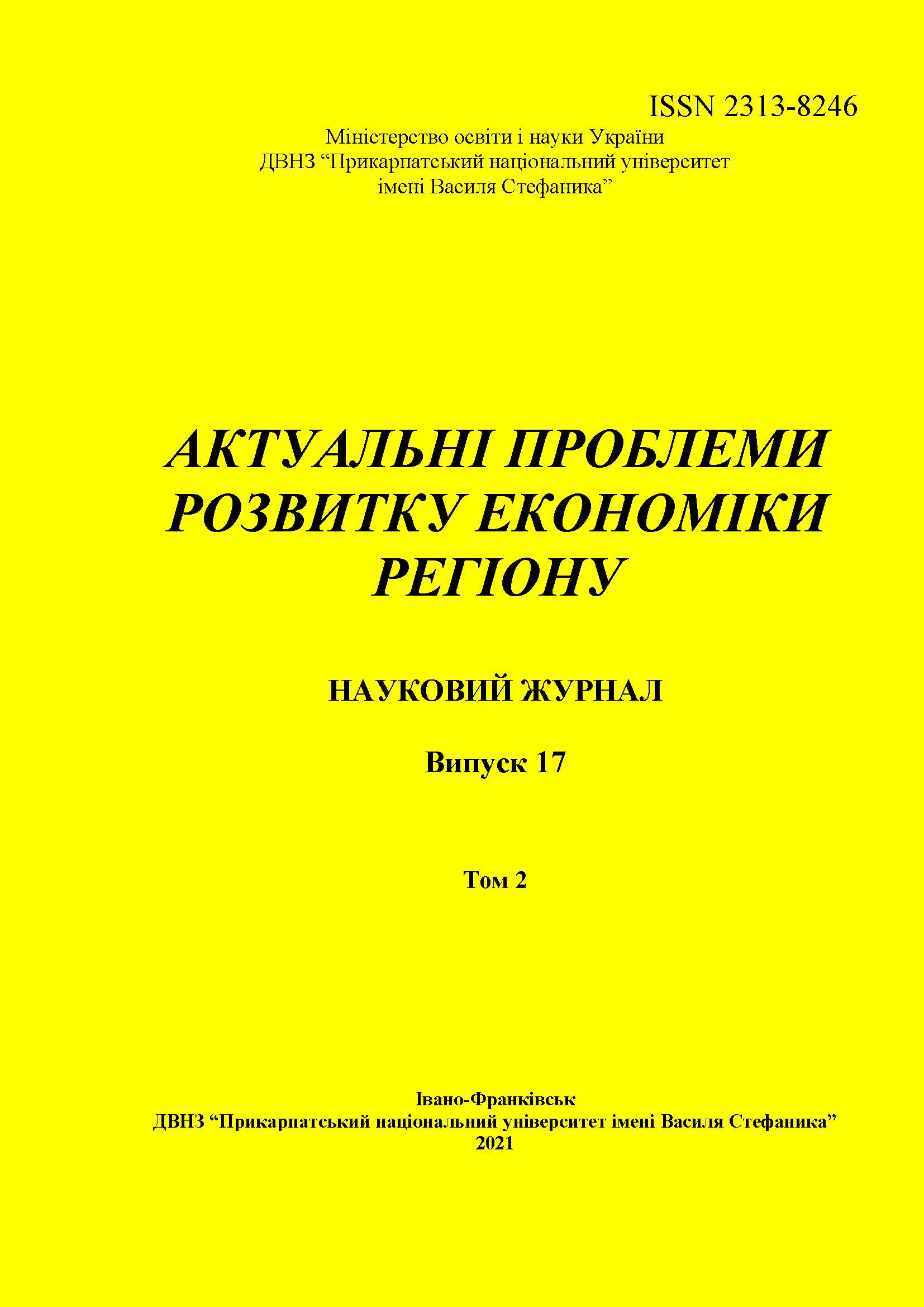TARGETED ADVERTISING ON SOCIAL NETWORKS: ITS POPULARITY AND EFFICIENCY
DOI:
https://doi.org/10.15330/apred.2.17.115-123Keywords:
targeted advertising, social networks, targetologist, internet marketingAbstract
The aim of the article is to study the popularity and effectiveness of targeted advertising as a tool of marketing communications.
To achieve this goal used a set of methods: theoretical - analysis, synthesis and systematization of scientific literature on the use of targeted advertising as a tool of marketing communications - to clarify the current state of research, the availability of platforms for targeting in social networks, types of targeted advertising; empirical - conversation, observation, survey - to find out the basic skills and competencies of a modern targetologist, necessary in professional activities.
The information base of this research consisted of works of domestic and foreign scientists, statistics, data of web analysts, experts.
The popularity and effectiveness of targeted advertising on social networks has been proven. The basic requirements for the skills and competencies of a targetologist are formed, namely the ability to conduct marketing analysis, write texts that "sell", work in graphics and video editors, in web analytics systems. Targeted advertising by types is characterized and systematized, in particular, the main types include: behavioral targeting (audience targeting), contextual targeting, search retargeting, site retargeting, predictive targeting, demographic and also, geographical targeting. The effectiveness of targeted advertising on social networks was evaluated and social networks were analyzed as the main platforms for launching targeted advertising (Facebook, Instagram, Twitter, Viber, Telegram, Tik Tok, QQ, WeChat, Tumblr, Sina Weibo). The main platforms for targeting on social networks - Facebook and Instagram - are outlined. Examples of the use of targeted advertising by the retail network Sephora, Tesco and the charity fund "Amanda" are given.
The scientific novelty of the obtained results lies in the formation of the basic skills and competencies of a modern targetologist.
The results of the study can be used in the training of target specialists and in organizing the process of preparation for the launch of targeted advertising.
References
2. Evseytseva, O.S., and D.D. Merkulova. “Targeting - targeted impact on the consumer.” Economy and state, no. 3, 2019, pp. 107–113, www.economy.in.ua/?op=1&z=4287&i=18. Accessed 28 Sept.2021.
3. Karas, O. “Targeting - one of the types of strategic advertising.” Journal of European Economy, vol. 13, no. 3, 2014, pp. 324–332.
4. “What is targeting?” Gravitec, gravitec.net/en/blog/chto-takoe-targeting-kak-rabotaet/ Accessed 28 Sept.2021.
5. The number of Internet users in the world has reached 4.66 billion URL: https://root-nation.com/ua/news-ua/it-news-ua/ua-new-internet-records/ Accessed 28 Sept.2021.
6. Platforms for Targeting in Social Networks, futurenow.com.ua/21-najpopulyarnishyh-sotsialnyh-merezh-svitu-ta-rejtyng-ukrayiny/. Accessed 28 Sept.2021.
7. “Information Business and Advertising: How We Promoted the Educational Workshop in a Limited Time Under Quarantine Conditions.” Median-ads, median-ads.com/en/blog-en/info-business-and-advertising/. Accessed 28 Sept.2021.
8. “What is Targeted Advertising: Guide.” Sendpulse, sendpulse.com/support/glossary/targeted-advertising. Accessed 28 Sept.2021.
Downloads
Published
How to Cite
Issue
Section
License
- Authors retain copyright and grant the journal right of first publication with the work simultaneously licensed under a Creative Commons Attribution NonCommercial NoDerivs 4.0 Unported License that allows others to share the work with an acknowledgement of the work's authorship and initial publication in this journal.
- Authors are able to enter into separate, additional contractual arrangements for the non-exclusive distribution of the journal's published version of the work (e.g., post it to an institutional repository or publish it in a book), with an acknowledgement of its initial publication in this journal.
- Authors are permitted and encouraged to post their work online (e.g., in institutional repositories or on their website) prior to and during the submission process, as it can lead to productive exchanges, as well as earlier and greater citation of published work (See The Effect of Open Access)


